Home » Packaging: Balancing Price, Sustainability, and Quality
Packaging: Balancing Price, Sustainability, and Quality
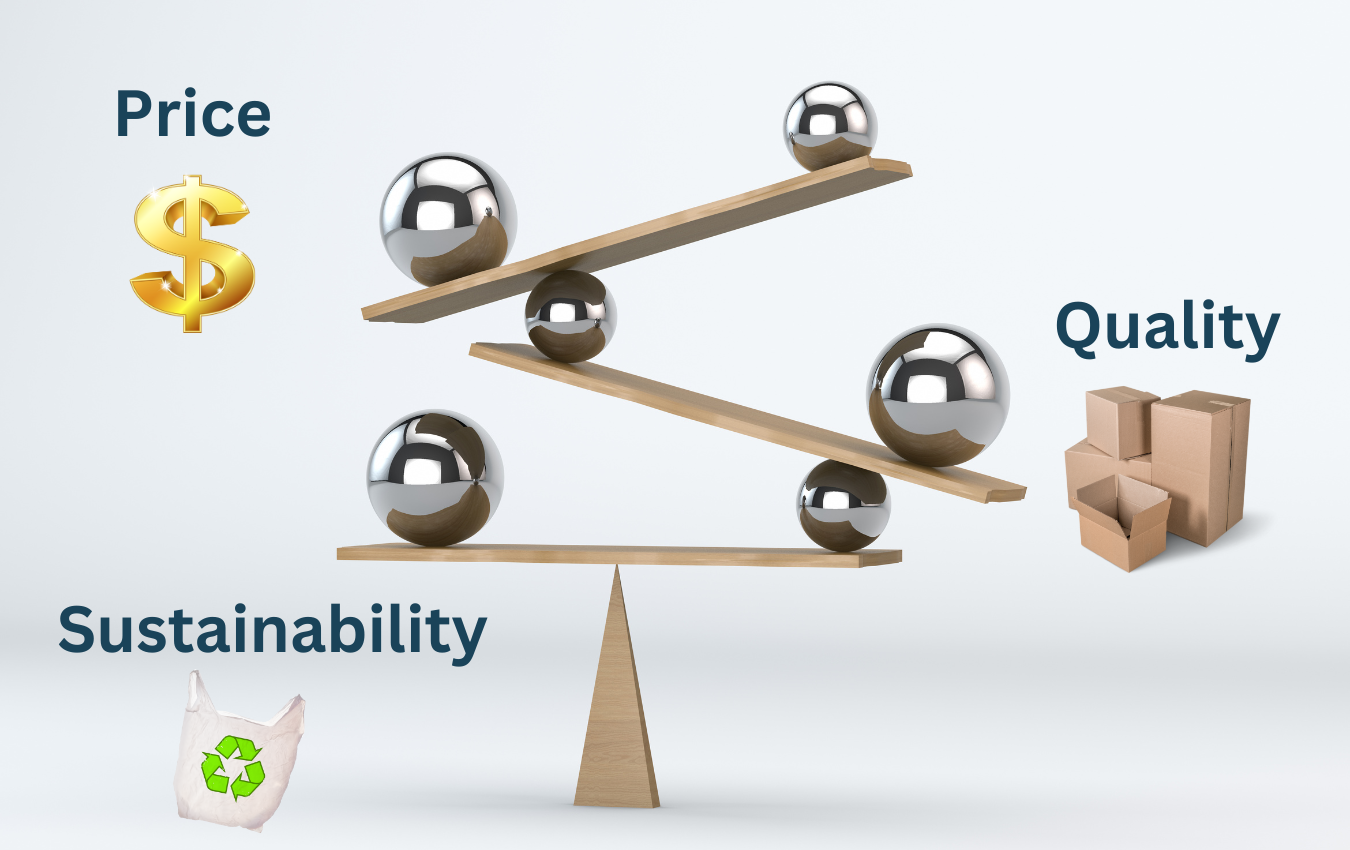
Packaging is a critical component of our daily lives, serving a dual purpose of protecting products and conveying vital information to consumers. In the wake of growing environmental concerns, the selection of packaging materials has become a focal point. In this blog, we will delve into the intricate interplay between price, sustainability, and quality in packaging.
Price
Price typically takes center stage for businesses when they contemplate packaging materials. It wields a direct impact on the financial bottom line and is a key determinant of profitability. Let’s dissect the pricing considerations for various packaging materials:
Flexible Plastic:
- Flexible plastic packaging is often the most economical choice. Its production cost is low, and its lightweight nature reduces transportation expenses. It is important to recognize that generic non-flexible plastic packaging can be more expensive depending on the application.
- Bulk purchasing of flexible plastic packaging materials is budget-friendly.
- Nevertheless, a holistic cost analysis should factor in long-term expenses, including disposal and potential harm to a brand’s reputation due to environmental concerns.
Corrugated:
- Corrugated packaging materials are generally cost-effective but may sometimes surpass flexible plastic packaging in terms of pricing.
- Customization or printing on corrugated packaging can incrementally raise costs.
- Opting for recycled corrugated materials not only contributes to cost efficiency but also promotes sustainability.
Chipboard and Paperboard:
- Chipboard and paperboard packaging materials tend to offer an economical solution.
- Their competitive pricing, coupled with their adaptability and versatility, make them suitable for a wide spectrum of products.
- Utilizing recycled chipboard and paperboard further enhances their cost-effectiveness and sustainability.
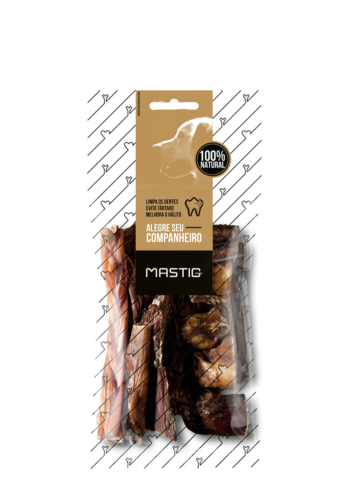
Flexible Plastic
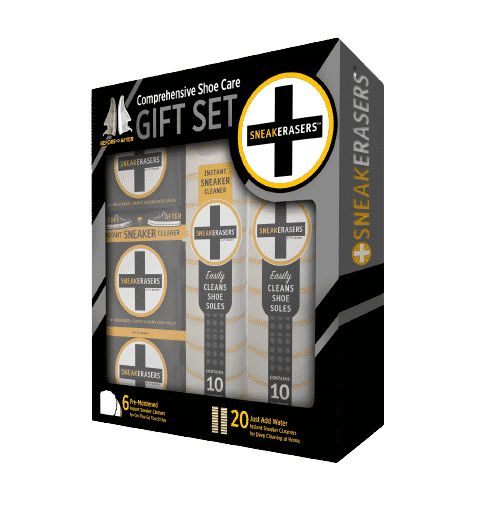
Corrugated
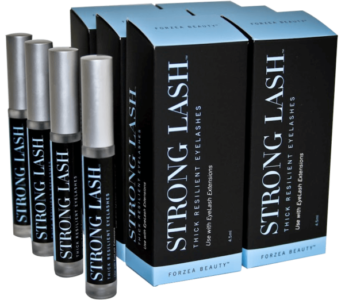
Chipboard/Paperboard
Sustainability
As global environmental consciousness continues to rise, sustainability has emerged as a pivotal factor in packaging decisions. Sustainable packaging aims to minimize its ecological impact across its entire lifecycle. Here’s how different materials stack up in terms of sustainability:
Plastic:
- Traditional plastic packaging is often criticized for being non-biodegradable and for exacerbating plastic pollution.
- However, innovations such as biodegradable plastics and recycled PET offer more sustainable alternatives.
Corrugated:
- Corrugated packaging is generally regarded as a more sustainable option, especially when sourced from responsibly managed forests or containing recycled content.
- Its biodegradability and ease of recycling bolster its eco-friendly credentials.
Chipboard and Paperboard:
- Chipboard and paperboard packaging materials inherently possess sustainability attributes, often originating from renewable sources like wood pulp.
- Their recyclability and biodegradability make them environmentally responsible choices.
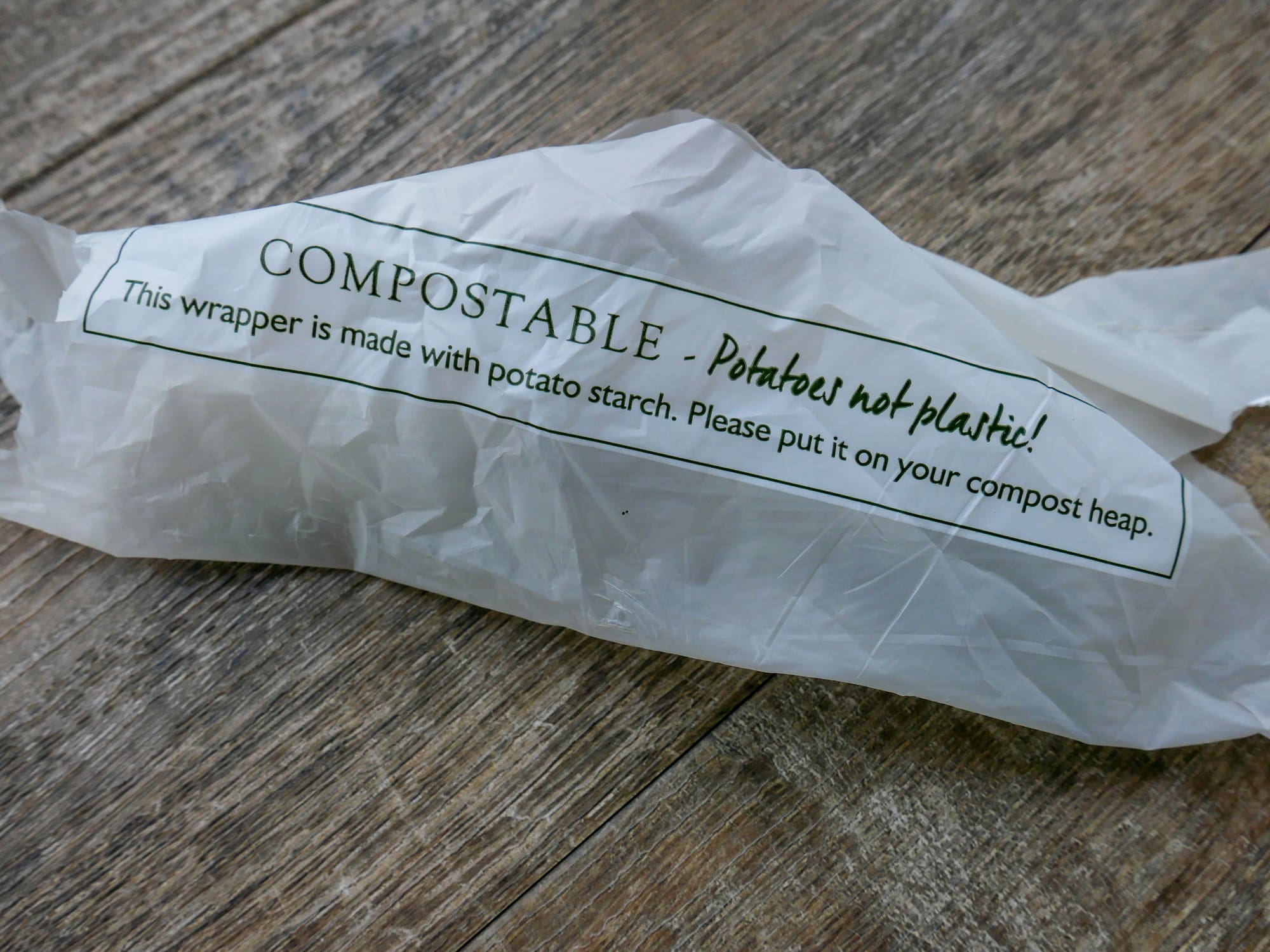
Quality
Packaging quality plays a pivotal role in safeguarding products, preserving their integrity, and enhancing the overall customer experience. Here’s how different materials perform concerning quality:
Plastic:
- Plastic packaging excels in protecting products from moisture and is highly resistant to breakage.
- However, it may not be suitable for products requiring breathability or specific temperature conditions.
Corrugated:
- Corrugated packaging offers versatility and can be tailored to accommodate various product types.
- It is particularly well-suited for dry goods and provides robust protection when designed effectively.
Chipboard and Paperboard:
- Chipboard and paperboard packaging are renowned for their adaptability and quality, making them suitable for a diverse range of products.
- They excel in maintaining product integrity and are an excellent choice for items sensitive to light or air.
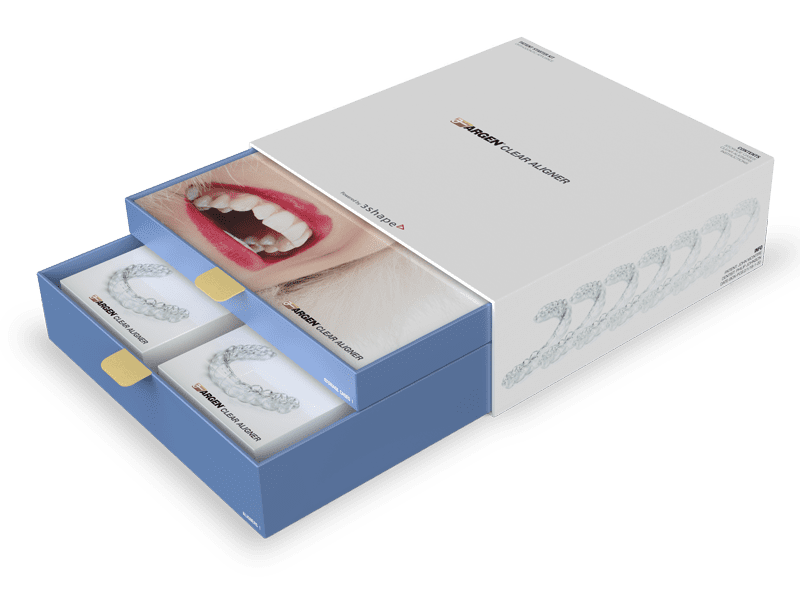
If you are looking for custom packaging solutions tailored to your needs, then partner with Brown Packaging today to get started.
Shipping costs surge during the holiday season as carriers raise rates and surcharges. For packaging buyers, box design directly impacts freight spend. Oversized cartons, excess
Peak season shipping volumes put pressure on every part of the supply chain. For packaging buyers, right-sizing boxes is one of the most effective strategies
The post-holiday season often brings a surge in product returns, making it essential for e-commerce businesses to design packaging that simplifies the returns process. Offering
Holiday e-commerce volumes push packaging to its limits. Trailers are overfilled, handling is rushed, and parcels endure more drops and vibration than usual. Without proper
The holiday season is the busiest—and most demanding—time of year for e-commerce packaging. Higher shipping volumes, faster turnaround times, and rougher handling conditions increase the
During the holiday season, packaging does more than protect—it directly influences how recipients perceive the gift inside. For e-commerce buyers, the right packaging design can
Home » Packaging: Balancing Price, Sustainability, and Quality
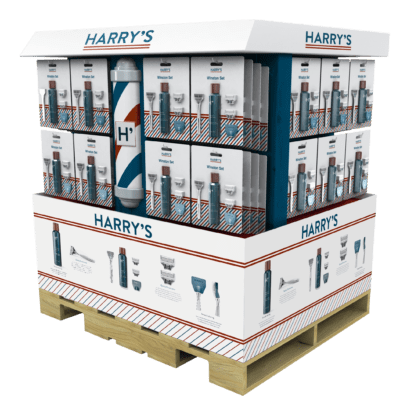
In the dynamic world of retail, the collaboration between POP Displays and Trap Blister Packs holds immense potential. These two elements – POP Displays and

In the highly competitive beauty industry, packaging is much more than just a container for products. It plays a pivotal role in brand identity, customer
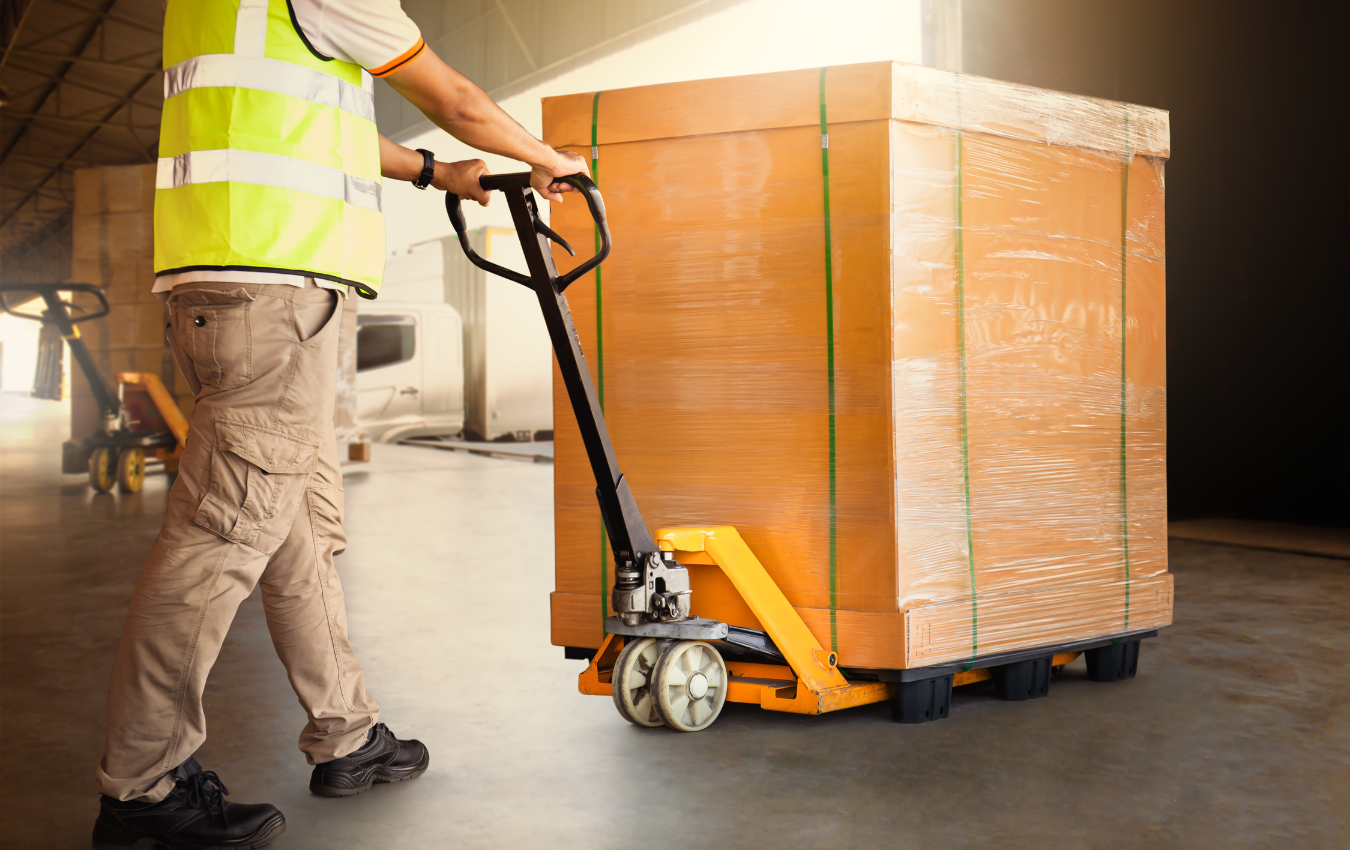
Tariffs can create significant challenges for packaging buyers, affecting costs, supply chains, and sourcing strategies. While tariffs are designed to promote domestic production, they often


